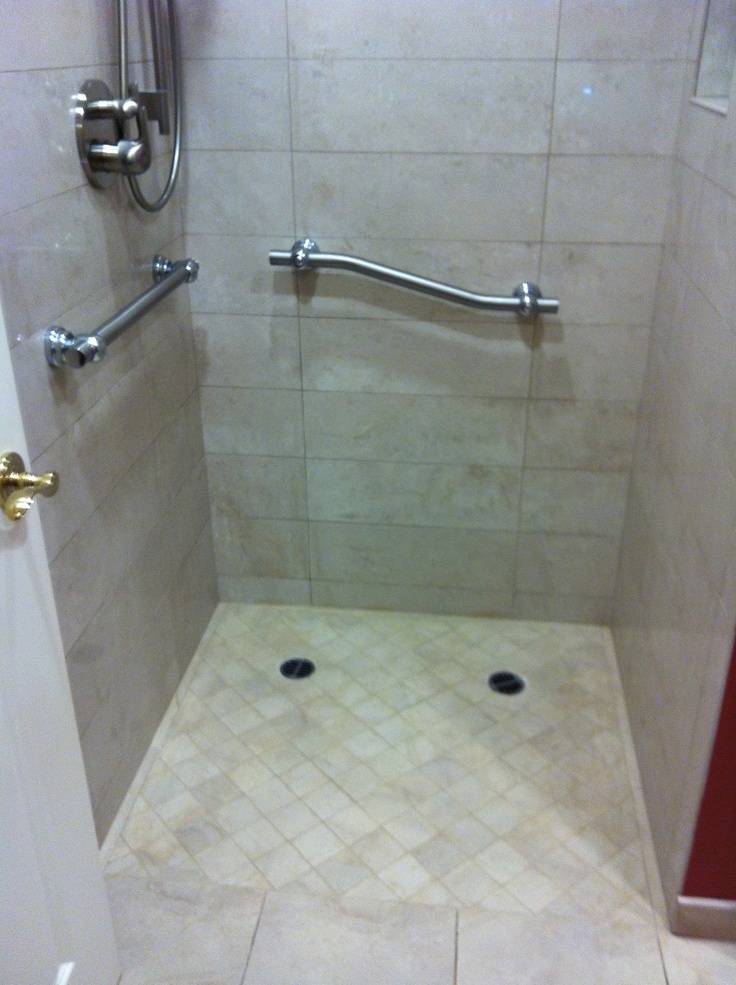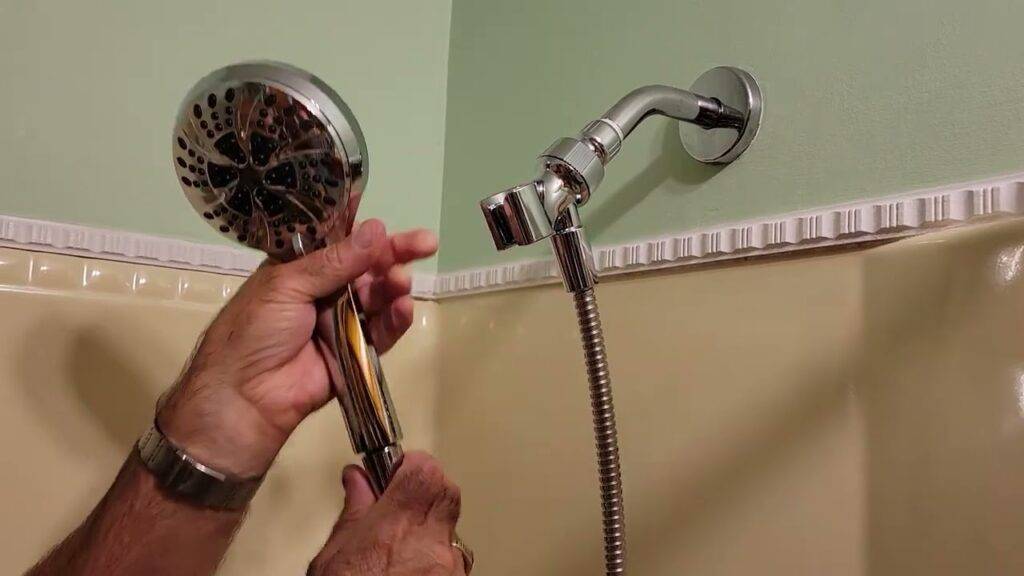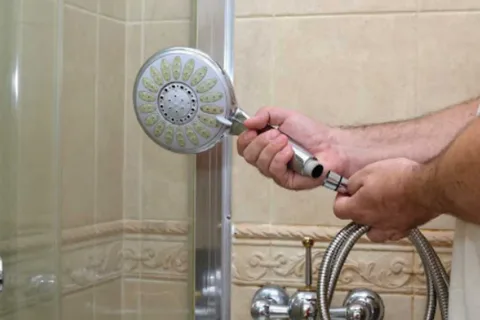In many cases, vinyl flooring can indeed be removed and reinstalled, particularly vinyl plank flooring and some luxury vinyl tile (LVT) options, especially when installed using the floating floor option. However, the success of vinyl flooring removal and reinstallation depends on several factors, like the age and condition of the flooring, the quality of the original installation, and the potential damage during the removal process. The conditions of the subfloor and the environmental conditions, like humidity and temperature, also play their part in the process. Careful attention to detail will help ensure a successful vinyl flooring removal and reinstallation.
From Removal to Renewal: Here’s What You Need to Know About Vinyl Flooring
Are you considering changing your vinyl flooring? Not comfortable with the dent in your floor from the heavy furniture? The good news is that vinyl flooring is not only versatile and durable, but it can also be removed and reinstalled successfully. Click-lock vinyl planks, also known as floating floors, are the easiest to remove and install, followed by loose lay vinyl planks. A few key factors, like the age, the condition of your flooring, and the original installation method, determine the success. If you’re unsure about the process, a professional installer can assess the condition of the floor and the subfloor and assist with the vinyl flooring installation.
Here is your guide to understanding which vinyl flooring types can be reinstalled successfully.
- Types of Vinyl Flooring That Can be Removed and Reinstalled
Click-Lock Vinyl Flooring (Floating floors)
These types of planks or tiles interlock, creating a floating floor that isn’t directly attached to the subfloor. This system allows for easy disassembly and reassembly, making it ideal for temporary installations, rentals, or situations where you might need to access the subfloor for repairs.
Loose Lay Vinyl Floors
These types of planks or tiles are designed to be held in place by their weight and friction, sometimes with the addition of perimeter adhesives. They need a clean subfloor to grip properly and can be lifted and reinstalled if handled carefully and are in good condition.
Glue-Down Vinyl Planks
These are adhered directly to the subfloor with the adhesives, making them more difficult to remove without causing damage. The adhesives may adhere to the plank or stick to it, making it less likely to be reused after removal.
| Did you know? Vinyl was first created by a German chemist, Eugen Baumann, in 1832, and it entered the flooring scene in 1933. |
- The Influential Elements in Vinyl Flooring Reinstallation
Installation method
Floating floors, where tiles or planks are interlocked, not glued down, can be easier to remove and reinstall. Glued-down or peel-and-stick vinyl reinstallation can be more challenging due to the potential damage to the adhesive backing during the removal process.
Condition of the flooring
Any damage to the planks or tiles, such as cracks, warping, bends, or adhesive residue, can make reinstallation difficult or altogether impossible. Older vinyl flooring, heavily used or exposed to moisture, may be more brittle and prone to damage.
Flooring type
Vinyl plank and LVT luxury vinyl tiles are designed for easier removal and reinstallation than traditional sheet vinyl.
Quality of the original installation
A well-installed floor is more likely to withstand removal and reinstallation. Flooring installed on a level, clean, and dry subfloor, with proper spacing between planks, is more likely to be successfully removed and reinstalled.
Subfloor condition
A level, clean, and dry subfloor is crucial for reinstallation. Remove any previous adhesive residues before relaying the flooring and address any unevenness to the subfloor before reinstallation.
Damage during removal
Care during removal is essential, as the edges of the vinyl can be easily damaged, particularly with glue-down flooring.
Environmental factors
Changes in temperatures and humidity can cause the vinyl flooring to expand and contract. Make sure the environment is stable during and after reinstallation.
| Fast fact Prolonged exposure to direct sunlight may cause color fading in vinyl flooring. |
Conclusion
Vinyl is a popular flooring choice among homeowners and is a versatile and affordable option. Successful removal and reinstallation is possible in some cases, depending on the type, the installation method, and the condition of the subfloor. The quality of installation and the environmental conditions also play their part in determining the success of the removal and reinstallation process.
FAQs
Q: Is it worth putting the vinyl flooring?
Ans: Vinyl can withstand the wear and tear of everyday life and is ideal for high traffic areas, such as kitchens and laundries, making it a ong lasting investment for your home.
Q: Why is vinyl flooring so popular?
Ans: Vinyl is an affordable and durable flooring option and requires less maintenance, making it a popular flooring choice.
Q: What is the benefit of click vinyl floors?
Ans: Click vinyl floors can absorb and muffle noises, making them an excellent choice for bedrooms and nurseries.



